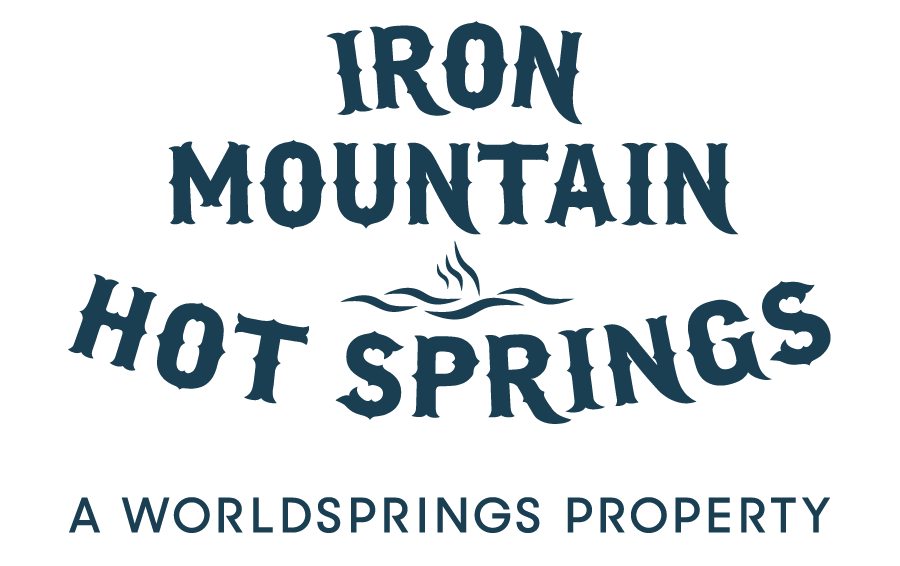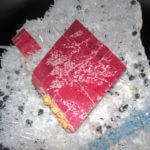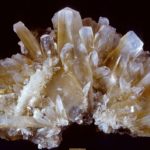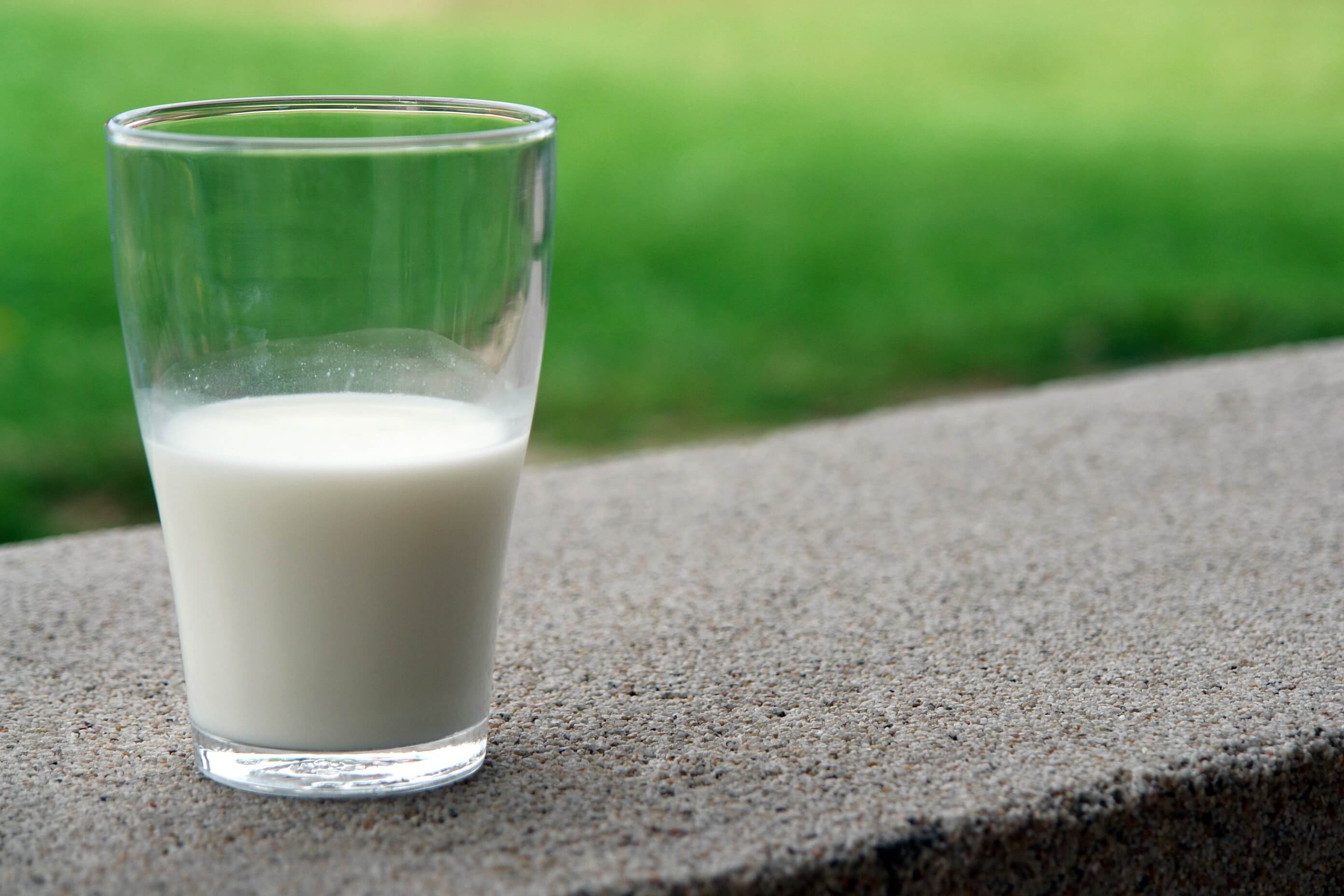
07 Sep Mineral Wellness Spotlight: Calcium
A liter of Iron Mountain Hot Springs water contains about 827 milligrams of calcium.
Calcium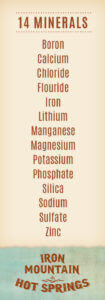 (Ca), number 20 on the periodic table, is the fifth most abundant element in the Earth’s crust, although it shows up only in compounds such as calcium carbonate (limestone), calcium oxide (lime, made from heating limestone), and calcium sulfate (gypsum). Humans have used limestone as building material and lime as mortar for centuries. Today, calcium compounds are also used in alloys with other metals such as aluminum, copper, lead, and magnesium; in removing impurities; and in soil and water treatments to reduce acidity. A liter of Iron Mountain Hot Springs water contains about 827 milligrams of calcium.
(Ca), number 20 on the periodic table, is the fifth most abundant element in the Earth’s crust, although it shows up only in compounds such as calcium carbonate (limestone), calcium oxide (lime, made from heating limestone), and calcium sulfate (gypsum). Humans have used limestone as building material and lime as mortar for centuries. Today, calcium compounds are also used in alloys with other metals such as aluminum, copper, lead, and magnesium; in removing impurities; and in soil and water treatments to reduce acidity. A liter of Iron Mountain Hot Springs water contains about 827 milligrams of calcium.
Calcium, the most abundant mineral in your body, accounts for 1.5 percent of your body weight (oxygen, hydrogen, carbon, and nitrogen total 96 percent). Ninety-nine percent of that calcium is in your bones and teeth, where the mineral is vital for growth in young people, maintenance in older adults, and strength for everyone. The other 1 percent is believed to play a vital role in many bodily functions, including protecting the heart, controlling blood pressure, reducing premenstrual depression, preventing kidney stones, transporting nutrients, maintaining body weight and keeping pH levels healthy.
The Recommended Dietary Allowance of calcium for most adults is 1,000 milligrams per day, although women older than 50 and men older than 70 need 1,200 milligrams. Levels under 2,000 milligrams are considered safe. If the body does not have enough calcium in the bloodstream, it will take calcium from the bones. Foods high in calcium include cheese, milk, yogurt, broccoli, kale, sardines, canned salmon, and calcium-fortified food and drinks such as cereals and fruit juices. In order to use calcium, you need vitamin D – a recommended 15 micrograms a day – from eggs, butter, salmon, liver, and fortified foods and from sunlight exposure.
Karin Gamba
Latest posts by Karin Gamba (see all)
- Meet Iron Mountain Hot Springs New Mid-Week Annual Pass - January 2, 2025
- Ski Hard, Relax Harder with Slope and Soak Packages - December 13, 2024
- More Serenity On The Horizon At Iron Mountain Hot Springs - October 30, 2024
- Iron Mountain Hot Springs Menus are Warming Things Up for Fall - September 26, 2024
